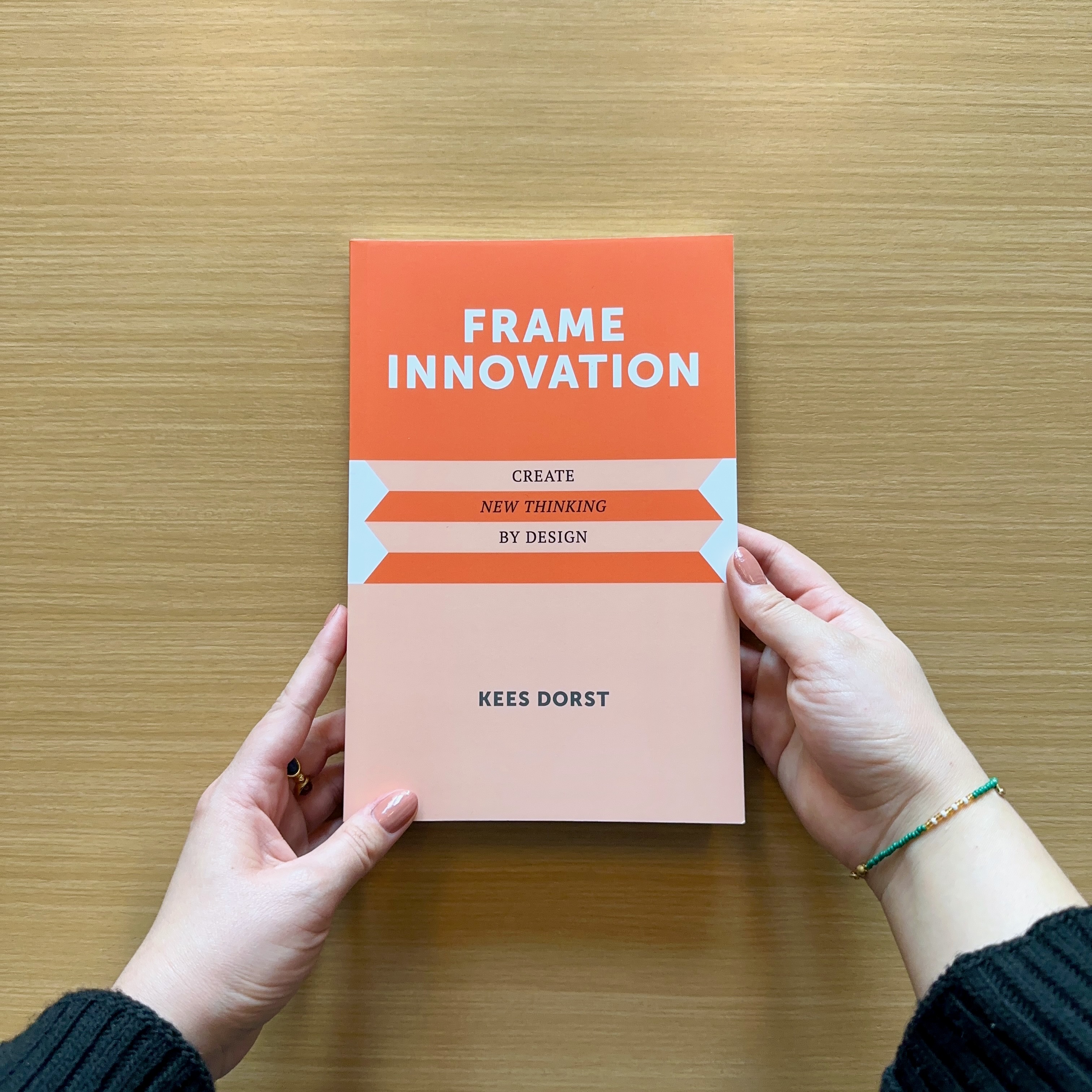Series Foreword vii
Acknowledgments xiii
Preface xv
1 Challenges 1
We are not solving our problems anymore 1
The challenges 9
Moving forward 18
2 Pioneers 23
The Young Designers foundation 23
The Designing Out Crime center 30
Learning from the pioneers 37
3 Lessons from Design 41
Four questions about design 41
An anatomy of design practices 55
Five lessons from design 59
4 The Frame Creation Model 73
Frame creation 73
Case studies 80
First remarks 97
5 The Principles and Practices of Frame Creation 99
The principles of frame creation 99
Frame creation practices 109
6 The Open, Complex, Dynamic, and Networked Organization 121
Driving innovation 121
Toward frame innovation 126
7 The Three Challenges of Frame Innovation 133
Seeing differently 134
Thinking differently 135
Doing differently 143
8 The Art of Frame Innovation 151
Making it happen 151
Path to action 171
Appendix 1 An Expert Designer at Work 177
Appendix 2 Is Design "Searching" or "Learning"? 183
Appendix 3 More Research Is Needed 187
Appendix 4 Inspiration 189
References 193
Index 201







